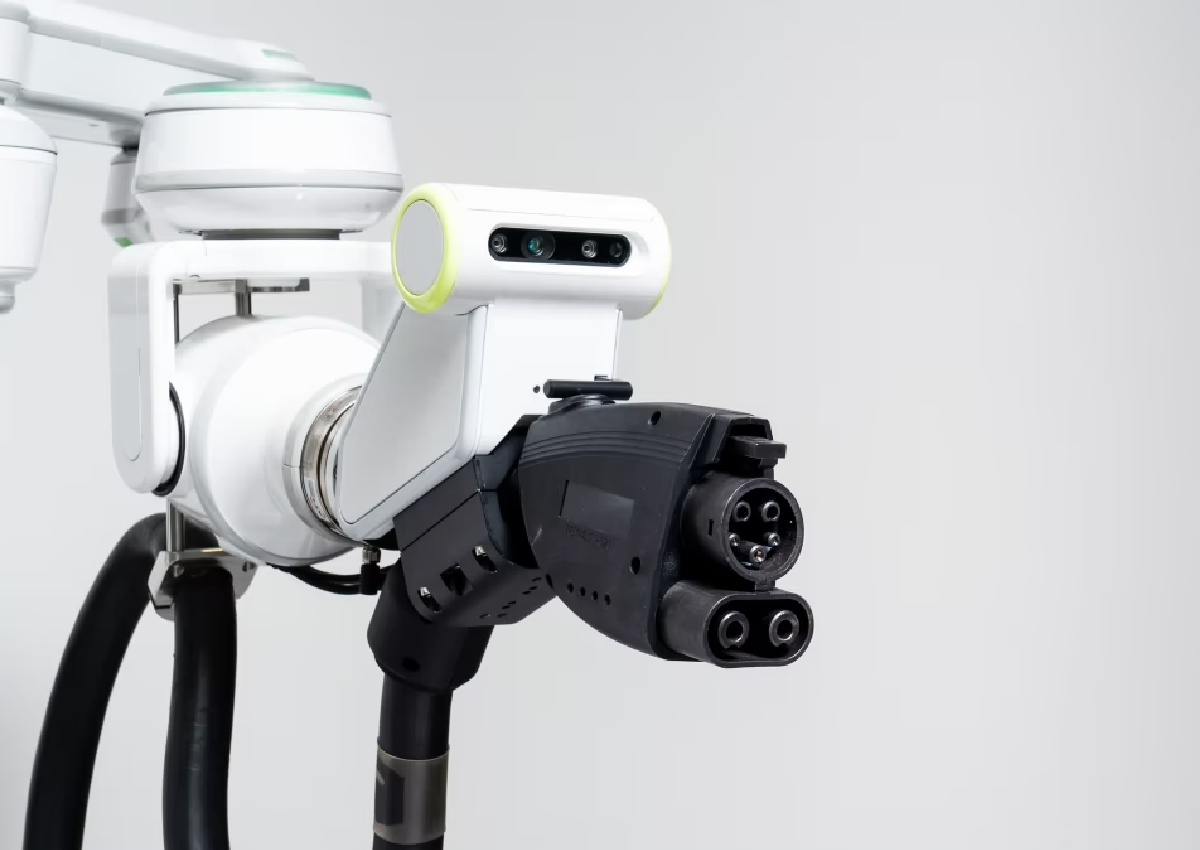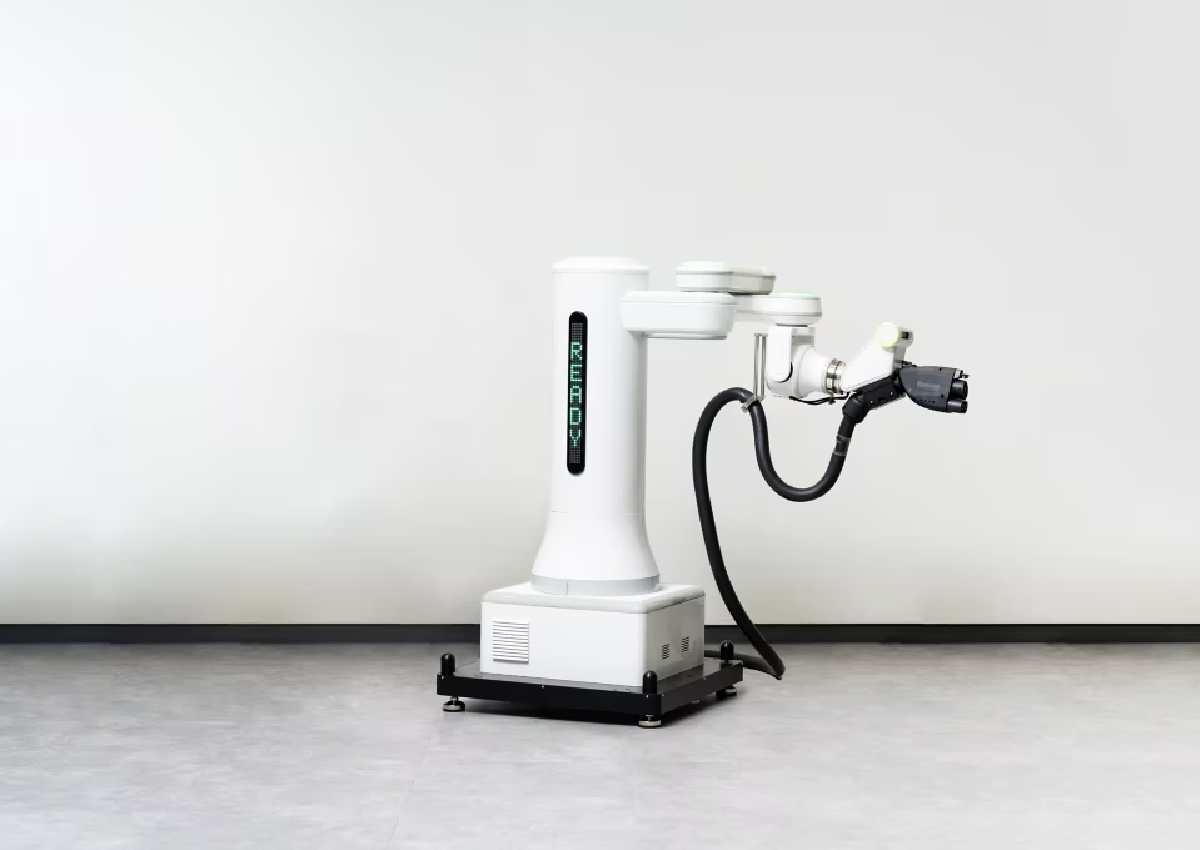Hyundai's EV charging robots could end the problem of public charging bay hogs forever


You know that hugely annoying problem when an inconsiderate electric vehicle driver leaves the car plugged in, in a public charging station, long after the car has been fully topped up, and you’re desperately needing to charge up your own car before dashing off to an important errand?
This problem could come to an end if Hyundai’s newest tech development goes ahead.
The carmaker has developed an automatic charging robot (ACR) for electric cars, and has just launched a video showcasing the capabilities of the system.
The ACR for EVs is a one-armed robot that can roam in a car park space and plug a cable into an EV’s charging port, then removing it again once charging is complete.
The development video shows how the system works with a stationary EV.
Once the vehicle is parked, the ACR communicates with the vehicle to open the charging port, calculating the exact location and angle through a camera mounted inside.
The robot then plugs the charging input into the vehicle’s charging port, starting the charging session.

Once charging is complete, the robot removes the charging input, returns it to its stowed position, and closes the cover of the vehicle’s charging port.
The system was designed to make EV-charging easier and more convenient, but its use in a public charging network could mean that more users can get access to the charging stations and the robot simply unplugs the car that has been charged, and feeds it to the next car in the designated space, as long as the charging cable has enough length.

“It will also improve accessibility, particularly for people with mobility barriers, as charging cables become thicker and heavier to enable high-speed charging,” said Dong Jin Hyun, head of robotics lab at the Hyundai Motor Group. “We will continue developing the ACR for increased safety and more convenience, so that all EV customers can soon benefit from using it at charging stations.”
The Group’s Robotics Lab has considered diverse variables in developing the ACR, such as the parking location of the vehicle, the shape of the charging port, the weather, potential obstacles and weight of the charging cable.

In order for a robot to fasten a charger to the charging port securely, software technology that can simultaneously calculate these multiple variables is required.
An algorithm that applies 3D camera-based AI technology to robots, and next-generation control technology based on this application allows robots to accurately handle heavy chargers.
The system has also been tested outdoors, with a bespoke outdoor electric vehicle charging station at Hyundai’s R&D centre built to evaluate performance in various conditions.
[embed]https://youtu.be/wjKbx0LFwow[/embed]
The engineers have also installed a safety pole with a built-in laser sensor around the robot to prevent possible accidents by enabling it to detect stationary and moving obstacles.
It’s still a work in progress at this time, but Hyundai notes that the system is actively being prepared for wide scale testing in South Korea, and if viable on a large scale could be implemented in its city centres.
ALSO READ: Scratched EV battery? Your insurer may have to junk the whole car